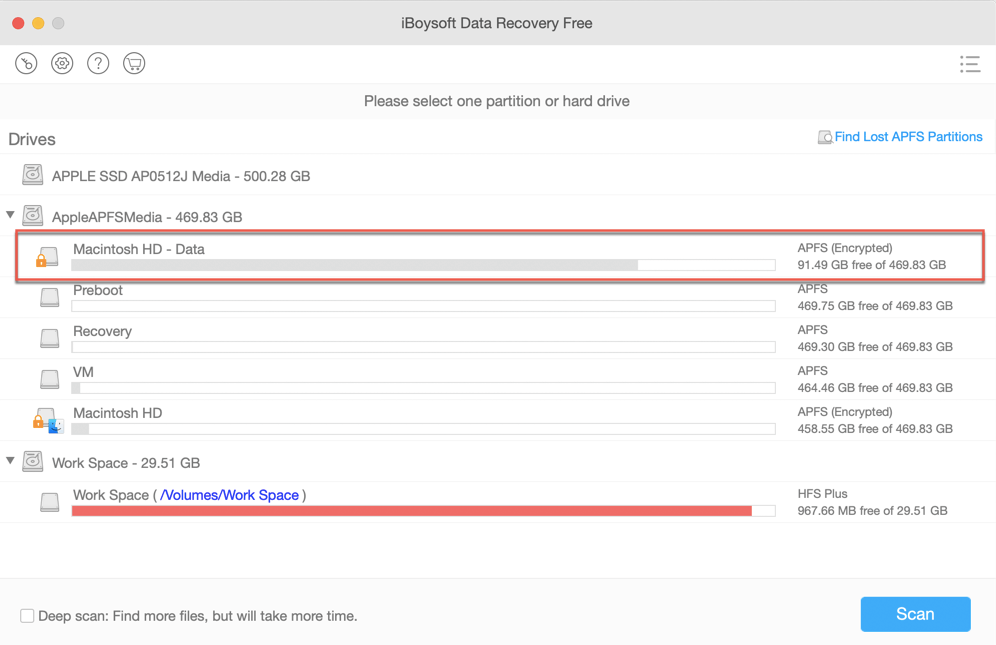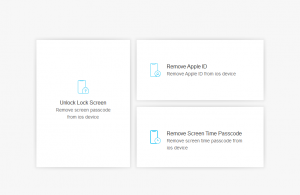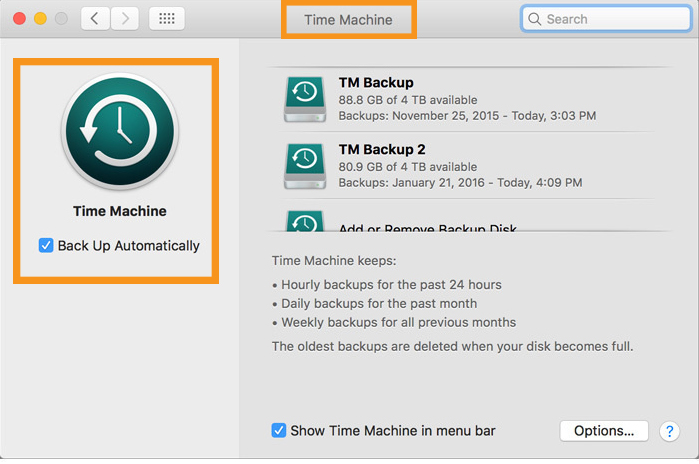
LocalMachine\SOFTWARE\Microsoft\MSCRMClientĬrm_roiscan. The destination log directory path where this data is stored and accessed from is %localappdata%\SaRALogs\UploadLogs.ĬurrentUser\SOFTWARE\Microsoft\MSCRMClient If you need to get out of Recovery Mode on Mac, this article can help. This is one of several hidden startup options on. To access Recovery Mode, restart your Mac and press and hold the Command+R keys during the boot-up process. You’ll find many other useful troubleshooting utilities herewhich you can use even if your Mac won’t boot normally. Its an incredibly helpful feature that enables you to erase your startup disk, reinstall macOS, repair your internal hard drives, use Terminal, and perform other tasks. A Mac’s Recovery Mode is for more than just reinstalling macOS. The table below provides information such as scenario type, data collection source, data collection path and data collection files. macOS Recovery Mode allows you to access basic utilities even when your Mac wont boot up correctly. They all start your Mac in recovery mode, but they differ in the version of macOS they install when you choose the Reinstall macOS option. In addition to using Command-R to restart an Intel-based Mac in recovery mode, there are other key commands you can use.


#Mac reboot in recovery mode mac os
As the setting is written to NVRAM, you could also just reset that and the mac should prefer the OS over the Recovery HD If you cant select the Mac OS X, re-run the lion installer. Other key commands for macOS recovery mode. Keep holding down the Power button until you see the Loading Startup Options text on the screen. 3 Answers Sorted by: 4 The startup disk system preference is the usual method to set this. This should get you into Recovery Mode, where you’ll see the macOS Utilities window.

If you’re using a standalone Mac, press and hold the Power button that’s on the back of the case. Turn off your Mac and then restart it, holding down Command+R while it starts. To know more about what log files are created by the Support and Recovery Assistant, search for your scenario in the table below under the “Scenario” column and view the relevant information in the same row. Next, press and hold the Power/Touch ID button on your MacBook.


 0 kommentar(er)
0 kommentar(er)
